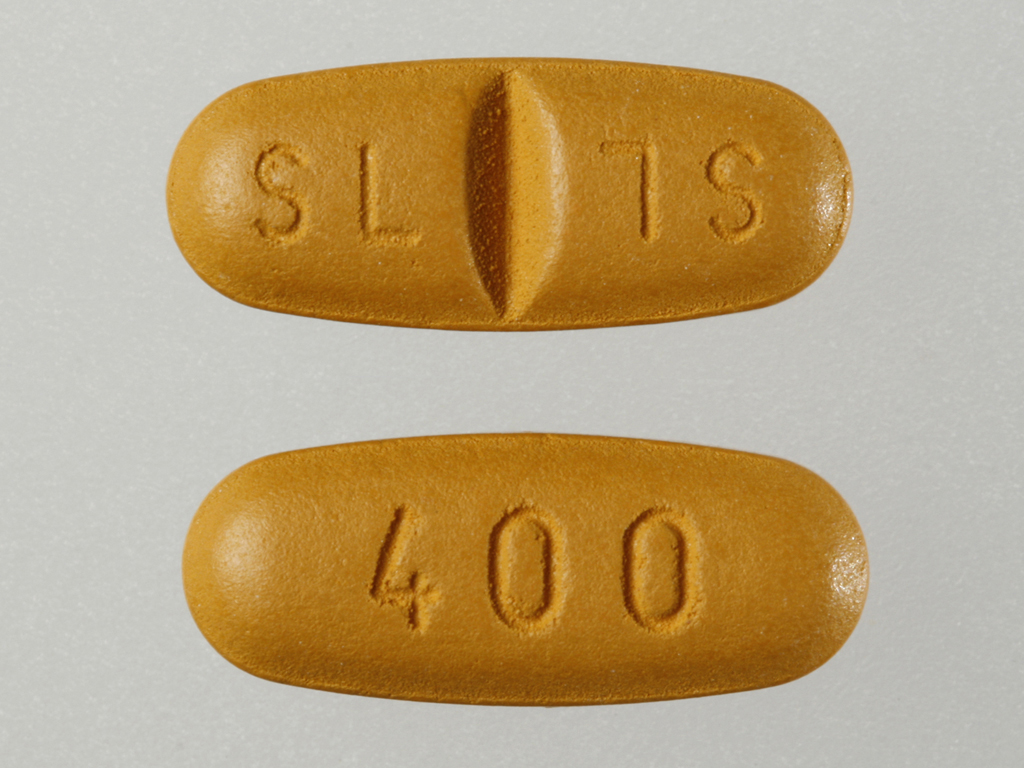Prices for medicine in general and particularly cancer drugs have been part of a huge debate over health care costs for several years in the US — and recently, and appropriately so, it has led to some public protest from doctors at a major cancer center in New York.
The reaction has spread among doctors and researchers who specialize in the potentially deadly blood cancer known as chronic myeloid leukemia, and beyond.
A commentary published online by the group contend that the prices of drugs used to treat blood cancer are not only astronomical and unsustainable, but also immoral.
Charging high prices for medicines needed to keep patients alive, they allege, is profiteering, akin to jacking up the prices of essential goods after a natural disaster.
While the doctors acknowledged that the cost of drugs for many other cancers were just as high, they focused on medicines for chronic myeloid leukemia, like Gleevec, which is enormously profitable for Novartis.
Among the critics is researcher, Dr. Brian Druker, who was the main academic behind the development of Gleevec and who had to prod Novartis to bring it to the market.
In Novartis defense, they argue that few patients actually pay the full cost of the drug and that prices reflect the high cost of research and the value of a drug to patients.
Doctors and researchers in the field largely disagree.
Gleevec entered the market in 2001 at a price of about $30,000 a year in the United States, the doctors wrote. Since then, the price has tripled, it said, even as Gleevec has faced competition from five newer drugs. And those drugs are even more expensive.
The prices have been the subject of intense debate elsewhere as well.
The Supreme Court in India ruled recently that the drug could not be patented, clearing the way for use of far less expensive generic alternatives.
A similar action is expected in Ghana by the Supreme Court which is busy hearing a major case of election fraud in the 2012 Presidential and Parliamentary Elections.
Some of the protesters claim they were inspired by physicians at the Memorial Sloan-Kettering Cancer Center in New York, who last fall refused to use a new colon cancer drug, Zaltrap, because it was twice as expensive as another drug without being better.
After those doctors publicized their objections in an Op-Ed article in The New York Times, Sanofi, which markets Zaltrap, effectively cut the price in half.
What impact this new commentary will have remains to be seen. The authors, however, call merely for a dialogue on pricing to begin.
The leader of the protest is Dr. Hagop M. Kantarjian, chairman of the leukemia department at the prestigious MD Anderson Cancer Center in Houston.
Many of the roughly 120 doctors who were co-authors of the commentary — about 30 of whom are from the United States — work closely with pharmaceutical companies on research and clinical trials.
They say they favor a healthy pharmaceutical industry, but think prices are much higher than they need to be to ensure that.
“If you are making $3 billion a year on Gleevec, could you get by with $2 billion?” Dr. Druker, who is now director of the Knight Cancer Institute at Oregon Health and Science University, said in an interview. “When do you cross the line from essential profits to profiteering?”
Gleevec’s sales were $4.7 billion in 2012, making it Novartis’s best-selling drug. A newer Novartis leukemia drug, Tasigna, had sales of $1 billion.
Novartis said in a statement released Thursday: “We recognize that sustainability of health care systems is a complex topic and we welcome the opportunity to be part of the dialogue.”
It said that its investment in Gleevec continued after the initial approval, expanding the drug’s use to other diseases. It also claims that it provided Gleevec or Tasigna free to 5,000 uninsured or underinsured Americans each year and to date had provided free drugs to more than 50,000 people in low-income countries.
Novartis and the manufacturers of the other drugs for chronic myeloid leukemia say the prices reflect the value of the drug. While many cancer drugs with equally high prices extend life by only a few months on average, it is widely agreed that Gleevec and rivals are near-miracle medicines that essentially turn a death sentence into a chronic disease like diabetes.
“It is a little surprising that their focus is in a cancer where the small-molecule medicines have had the greatest impact on long-term benefit,” said Dr. Harvey J. Berger, chief executive of Ariad Pharmaceuticals, which sells the newest and most expensive of the leukemia drugs, Iclusig.
Dr. Berger said the price of Iclusig was $115,000 a year, not the $138,000 a year cited in the commentary. Pfizer said the price of its drug, Bosulif, also was overstated in the piece. The manufacturers cite the price at which they sell to wholesalers, while the authors of the commentary were referring to a price they say better reflects what is charged by a pharmacy to patients.
The other drugs for chronic myeloid leukemia are Sprycel from Bristol-Myers Squibb and Synribo from Teva.
The commentary noted that despite drug company programs, a minority of the estimated 1.2 million to 1.5 million people in the world with chronic myeloid leukemia were receiving one of the drugs.
In many developing nations, it said, cancer experts were advocating risky bone marrow transplants because that is a one-time procedure that is cheaper than continuous treatment with one of the drugs.
The article also said the survival rate for patients in the United States appeared to be less than it should be, perhaps because costs are forcing patients to not take their medicine.
Prices for the drugs are twice as high in the United States as in many other countries, which often apply some government pressure or price controls to keep drug costs down.
Even if out-of-pocket costs can be low, health systems in general still must pay for the drugs, the commentary says. And some patients say assistance programs are not always easy to use.










